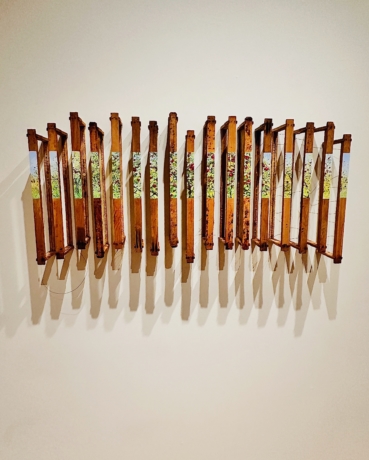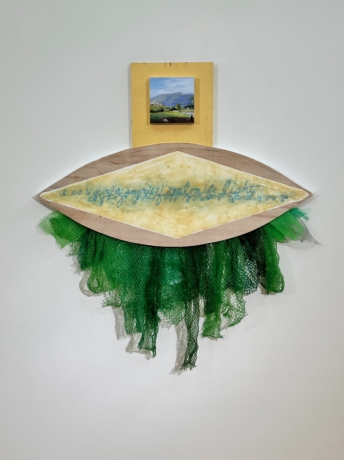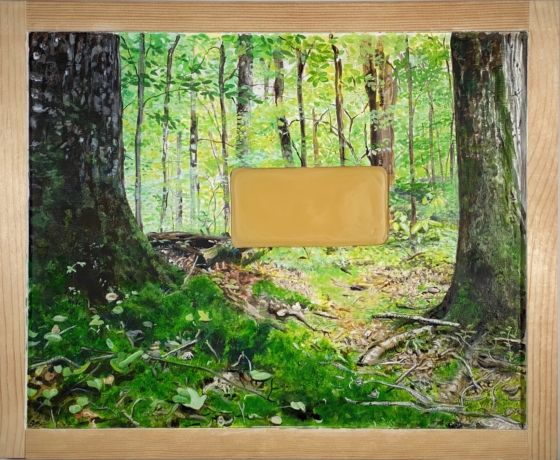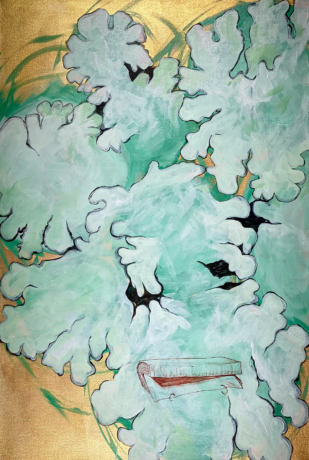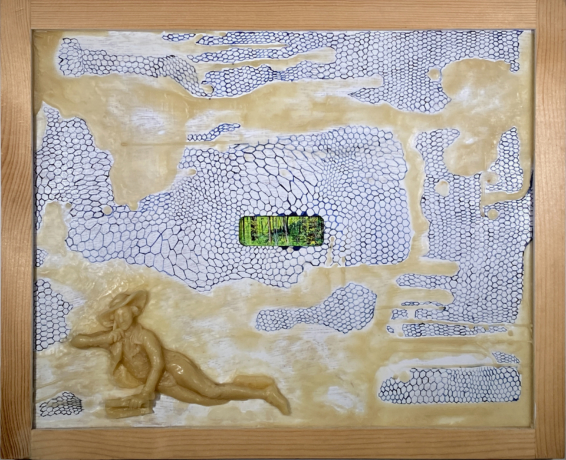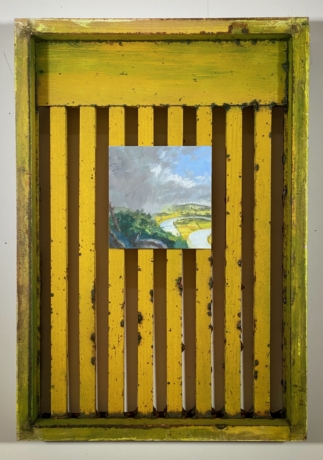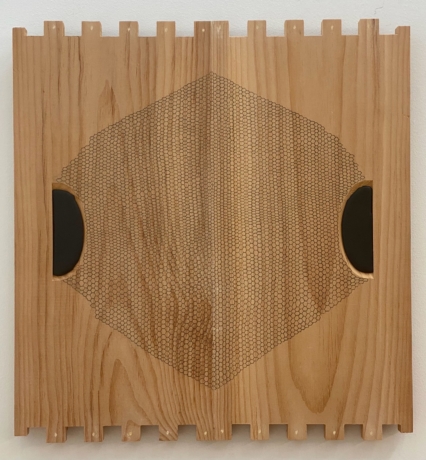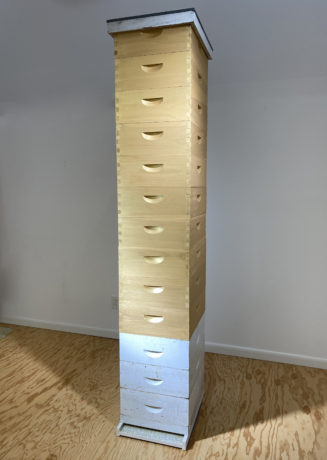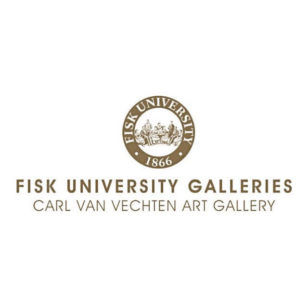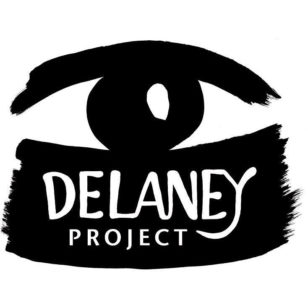JENNIFER PEPPER Representation Website CV
Nashville, TN | Painting, Sculpture, Mixed Media, Drawing
Bio:
Over the past 25 years, Jennifer has dedicated herself to the spectrum of art-related endeavors while continuing to work as a studio artist. After earning her BFA in Painting and Drawing from the University of Tennessee, she worked as an art restorer in Dallas, Texas. She received her MFA with honors in studio art with a concentration in painting/drawing and sculpture from the University of North Texas. During her time in Dallas, Texas, she exhibited her work regionally and was a key member in 500X Gallery (one of Texas' oldest, artist-run, cooperative galleries). She had the unique opportunity to work as assistant curator of education at the Modern Art Museum of Fort Worth during the museum’s historic move from the original building to the world-class Tadao Ando-designed building in 2002.
Since moving to Tennessee in 2005, much of her attention has been devoted to her family, bringing awareness to regional contemporary art, and university instruction. As she also maintains a studio practice, her current artwork (which includes painting, drawing, sculpture, installation, sound, and video) draws from elements of the landscape that she comes in contact with daily on her semi-rural property ~ such as the rapid growth of invasive plants, loss of honeybees, and the weather. She has been a member of Nashville’s Coop Gallery, a board member of Tri-Star Arts, and currently she teaches studio art courses at Watkins College of Art at Belmont University in Nashville.
Statement:
My work is an expression of my awareness of “nature” both within myself and what I observed from time spent outdoors- hiking, gardening, or beekeeping. The idea of nature brings with it the complexities of how we interact with and view what is considered the “natural” world. And now, perhaps, we are all more aware of the outdoors after our time finding refuge, and to a certain extent, safety among the trees and fields outside our walls during the pandemic.
For nearly ten years, I kept honeybees on our property in hopes of giving aid to a struggling insect and learning the age-old practice of beekeeping. The seasons and cycles of bee-keeping activities seemed to parallel and complement art making- so much so, that used wooden hive equipment and beeswax leftover from processing honey became material for artwork. After years of tending a hive, one begins to recognize nuances in the form and energy of its occupants. A successful beekeeper learns to interpret these signals and try to anticipate colony needs. One colony contains between 3,000-10,000 honeybees and a queen. A beehive can be a symbol of chaos and order. The order and hierarchy of the colony I rendered into line, shape, and materiality in these works. I looked to express the rhythms and flux of nature through the visual poetry of geometric forms (like the hexagonal bee cell, the honeycomb frame, the hive box, etc.), cursive writing, repeated forms, or color.
With the self-imposed limitations of recycling leftover beeswax and wooden equipment (much of it used), my investigations of material, form, and metaphor are also shaped by 19th-century Romantic ideas of landscape- in particular, the importance of humans living in harmony with nature. I wonder what this means as we have moved from a point in history of exploration and consumption to a point where we realize the necessity and fragility of each component of the natural world right down to the microbes that surround tree roots (and have recently been discovered to aid in tree communication). I draw and paint parts of the landscape either adapted from early American landscape paintings or discovered around my property from observation. I combine wax, wood, and pigment to express my fascination with intricacies in the landscape, our relationship to the outdoors, and my respect for some of its smallest and most vital inhabitants- like pollinators such as bees and butterflies. From delicate minutiae of lichen found on the north side of the trees to the breathtaking views along a trail that runs behind my studio, I create artworks that celebrate the beauty and mystery of nature while straddling concern for our place in it in the 21st century.
